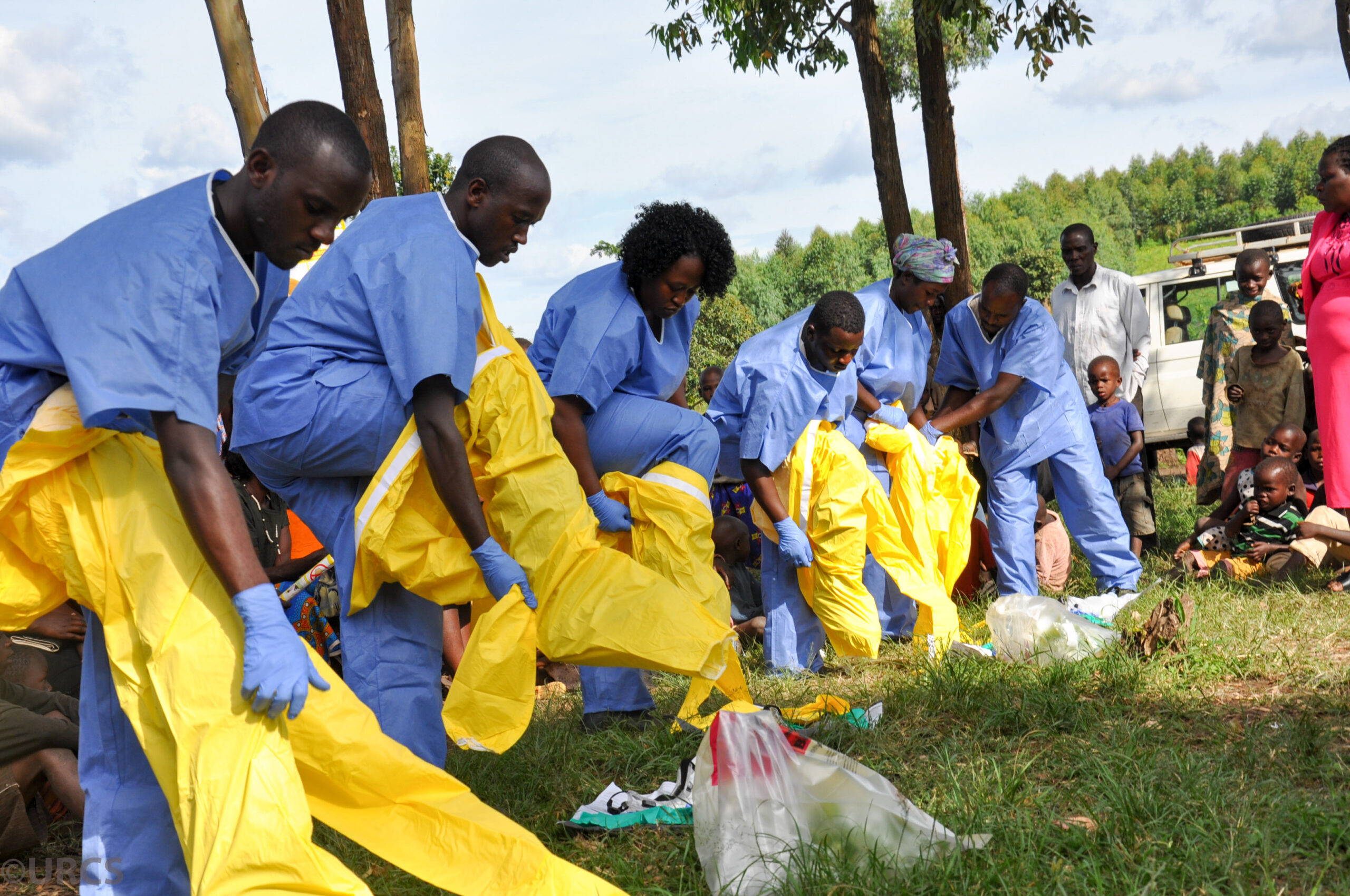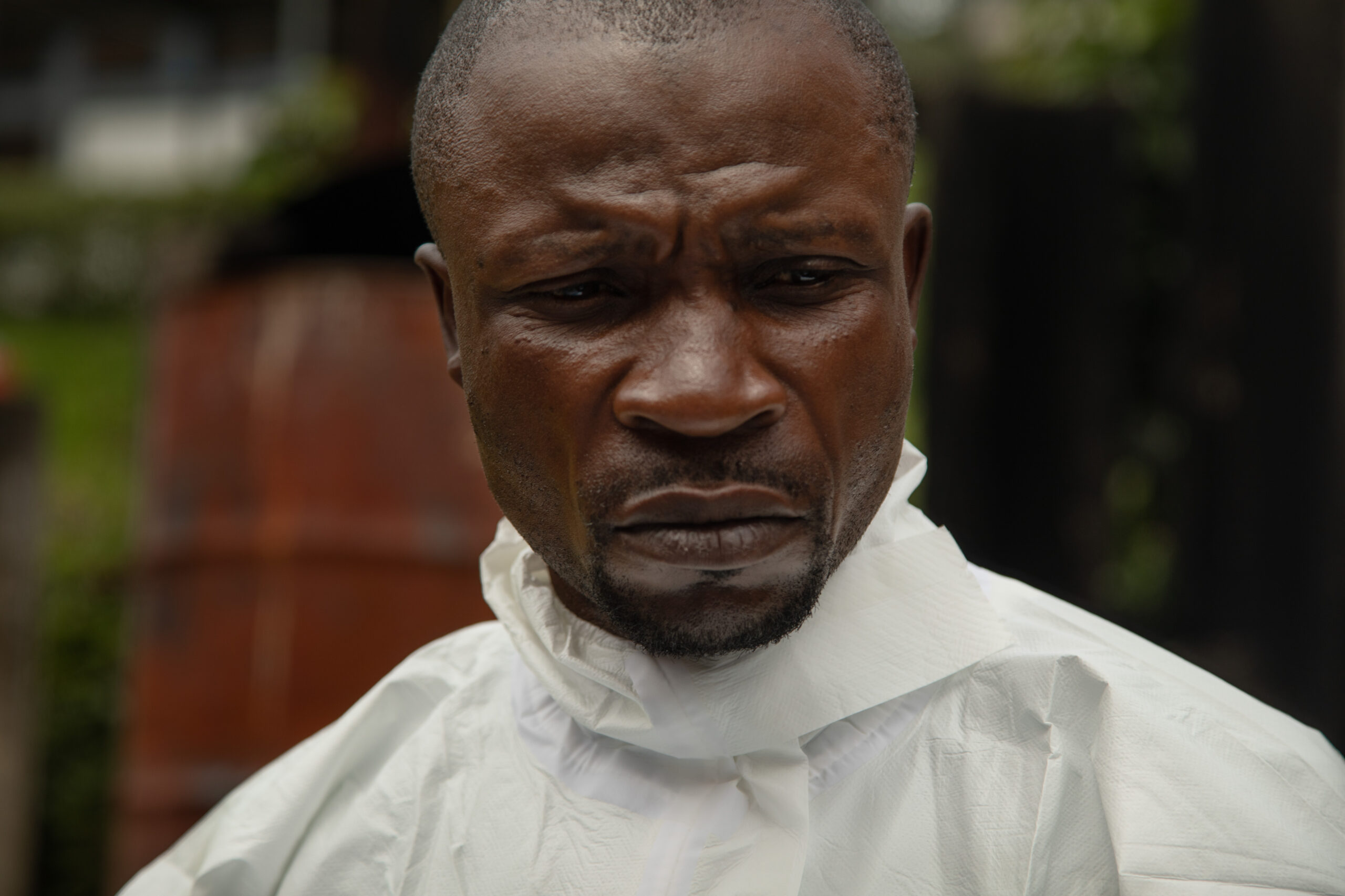Marburg
Key documentation and products developed by partners for supporting Community Engagement for Marburg Response

Situation
On 20 January 2025 the Government of Tanzania confirmed an outbreak of Marburg Virus Disease (MVD). It was confirmed in the Biharamulo district of the Kagera region in the northwest of the country bordering Uganda, Rwanda and Burundi. This is Tanzania’s second reported outbreak of Marburg virus disease, following a successful containment of the first in 2023, which occurred in the same region. Response activities are underway in the affected region and readiness activities are taking place in neighbouring regions of Tanzania and countries bordering Kagera.
The situation in Tanzania follows another recent outbreak in Rwanda in September 2024, in which the last he last confirmed case was reported on 30 October 2024.
Risk communication and community engagement priorities for MVD:
1. Allocate sufficient resources to RCCE so at-risk communities are ready to respond to outbreaks.
2. Collect, analyse and use social and behavioural data and evidence to guide MVD readiness and response measures.
.
3. Rapidly communicate risks relating to MVD through multiple channels; share tailored messages that raise awareness, encourage seeking healthcare, and explain uncertainty
4. Address infodemics though integrated community feedback mechanisms; counter misinformation with accurate health information.
5. Understand, prevent and address MVD stigma and discrimination.
6. Involve communities in planning and implementing MVD readiness and response measures, with particular focus on ensuring safe and dignified burial practices for those who have died from MVD symptoms.
Marburg virus disease is a highly virulent filovirus disease, which can cause haemorrhagic fever, clinically similar to Ebola disease. The initial infection is caused by close contact with Rousettus bat (fruit bat), often found in mines or caves. It spreads between people via direct contact (through broken skin or mucous membranes) with blood, secretions, organs, or other bodily fluids, and with surfaces and materials (e.g. bedding, clothing). Burial ceremonies (with direct contact with the body) can contribute to transmission. The incubation period of the disease is two to 21 days


